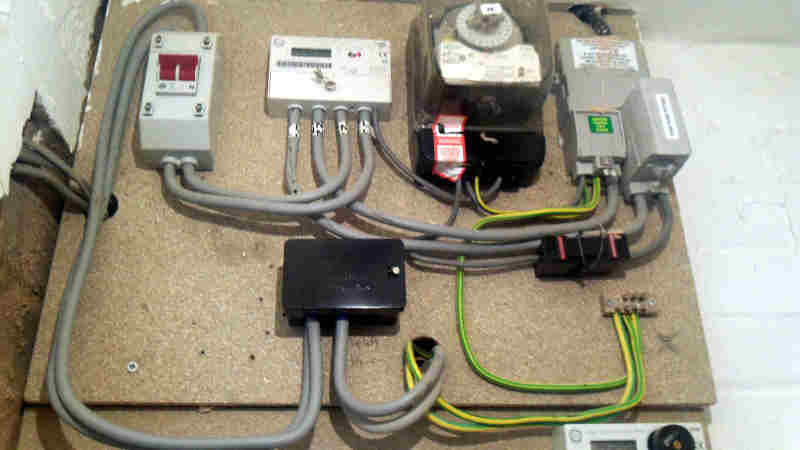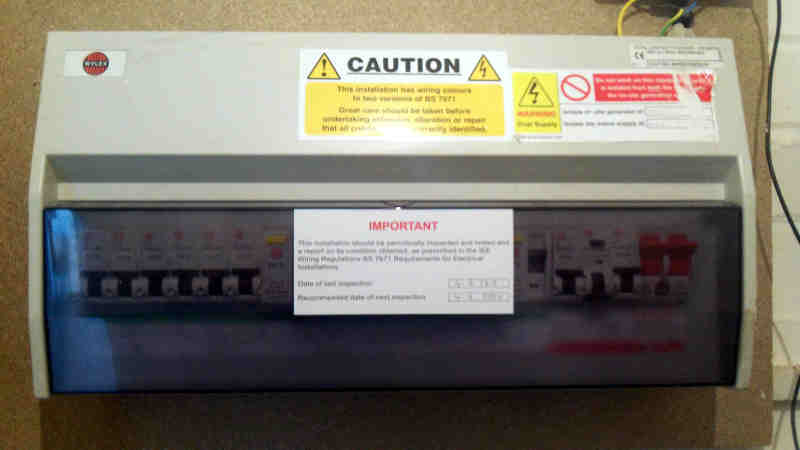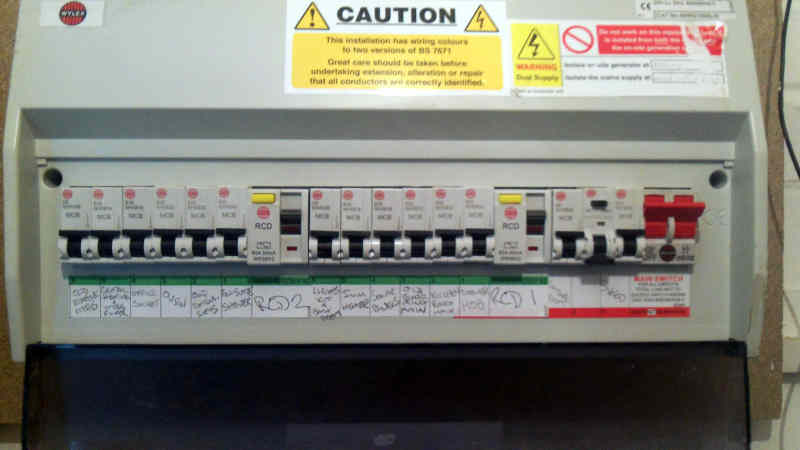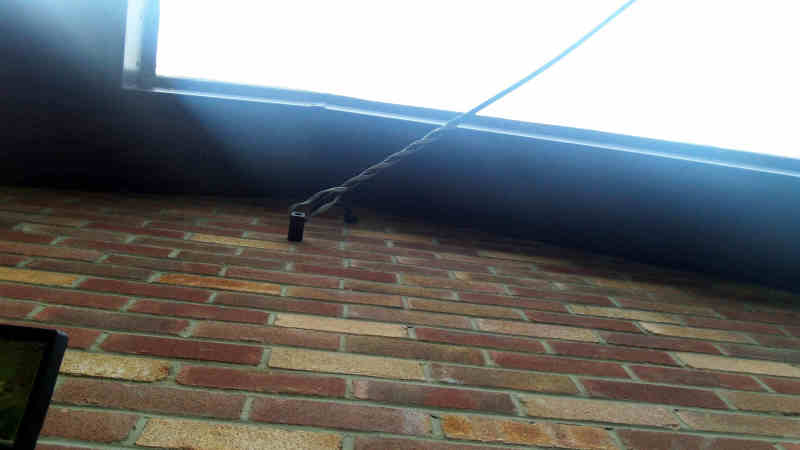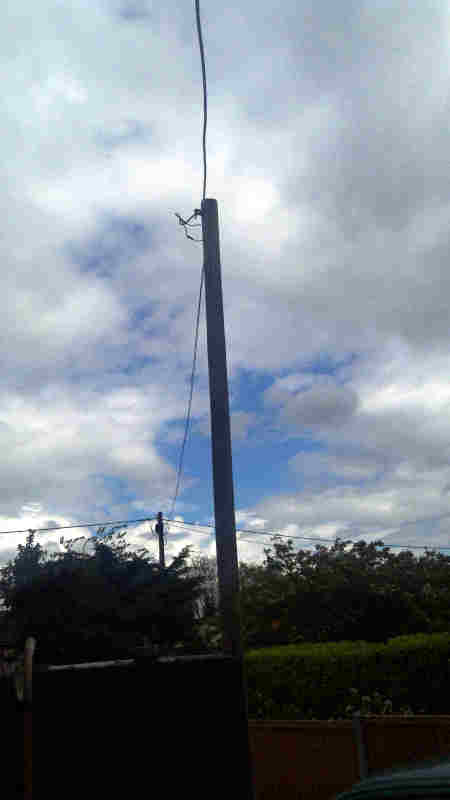urasoul
Computer
- May 8, 2015
- 7
greetings!
i recently bought a nektar panorama P4 music keyboard and found that the motorised fader on the unit is not functioning correctly.
after speaking with the engineers at the manufacturing group in california, their conclusion was that there is some type of issue with the earthing of my house here (in england), yet they were not able to offer any idea as to what the problem might be. today i received a replacement keyboard from them just to confirm that the keyboard is not faulty and indeed, this new keyboard demonstrates the same problems. i am wondering if anyone here may know more about what the cause of the issues are.
the symptoms:
the unit has 2 usb cables that are to be connected simultaneously. one is for data and to power the keyboard and other powers the motorised fader on the keyboard independently. if i connect both cables to my pc then there are a wide variety of problems with the keyboard's functions (as i recall). if i plug the cable that powers the motorised fader into a powered USB hub and do not connect the other USB cable, then when i run the unit's self test procedure for the motorised fader, the fader functions ok. however, if i connect either of the USB cables to a PC that is connected to the house mains supply then the self-test procedure shows that the motorised fader's 'push' feature is inversed! (that is to say that when i press down on the fader, the keyboard records that the fade is NOT pressed and when i release the fader the keyboard records that the fade IS pressed).
the clue here is that if i plug the keyboard's 2 USB cables into my laptop while the laptop is disconnected from the mains and the ethernet, then the keyboard works fine! if i connect a standard wired ethernet cable to the laptop then the problems arise again.. so it appears that the problem stems from plugging the keyboard into a PC that is in some way connected to the house's earth/ground connection (even via a 3rd unit such as the network router).
what now to find the cause?
i have spoken to the electrical engineer who only recently rewired the house here and he has no suggestion as to what the cause of the issue might be... and since the manufacturer's engineers have no solution either.. i am asking here!
the only thought i have for a next step is to buy an earth testing unit, such as this one on ebay - to see if that sheds any light on the situation.
anyone?
thanks
i recently bought a nektar panorama P4 music keyboard and found that the motorised fader on the unit is not functioning correctly.
after speaking with the engineers at the manufacturing group in california, their conclusion was that there is some type of issue with the earthing of my house here (in england), yet they were not able to offer any idea as to what the problem might be. today i received a replacement keyboard from them just to confirm that the keyboard is not faulty and indeed, this new keyboard demonstrates the same problems. i am wondering if anyone here may know more about what the cause of the issues are.
the symptoms:
the unit has 2 usb cables that are to be connected simultaneously. one is for data and to power the keyboard and other powers the motorised fader on the keyboard independently. if i connect both cables to my pc then there are a wide variety of problems with the keyboard's functions (as i recall). if i plug the cable that powers the motorised fader into a powered USB hub and do not connect the other USB cable, then when i run the unit's self test procedure for the motorised fader, the fader functions ok. however, if i connect either of the USB cables to a PC that is connected to the house mains supply then the self-test procedure shows that the motorised fader's 'push' feature is inversed! (that is to say that when i press down on the fader, the keyboard records that the fade is NOT pressed and when i release the fader the keyboard records that the fade IS pressed).
the clue here is that if i plug the keyboard's 2 USB cables into my laptop while the laptop is disconnected from the mains and the ethernet, then the keyboard works fine! if i connect a standard wired ethernet cable to the laptop then the problems arise again.. so it appears that the problem stems from plugging the keyboard into a PC that is in some way connected to the house's earth/ground connection (even via a 3rd unit such as the network router).
what now to find the cause?
i have spoken to the electrical engineer who only recently rewired the house here and he has no suggestion as to what the cause of the issue might be... and since the manufacturer's engineers have no solution either.. i am asking here!
the only thought i have for a next step is to buy an earth testing unit, such as this one on ebay - to see if that sheds any light on the situation.
anyone?
thanks


